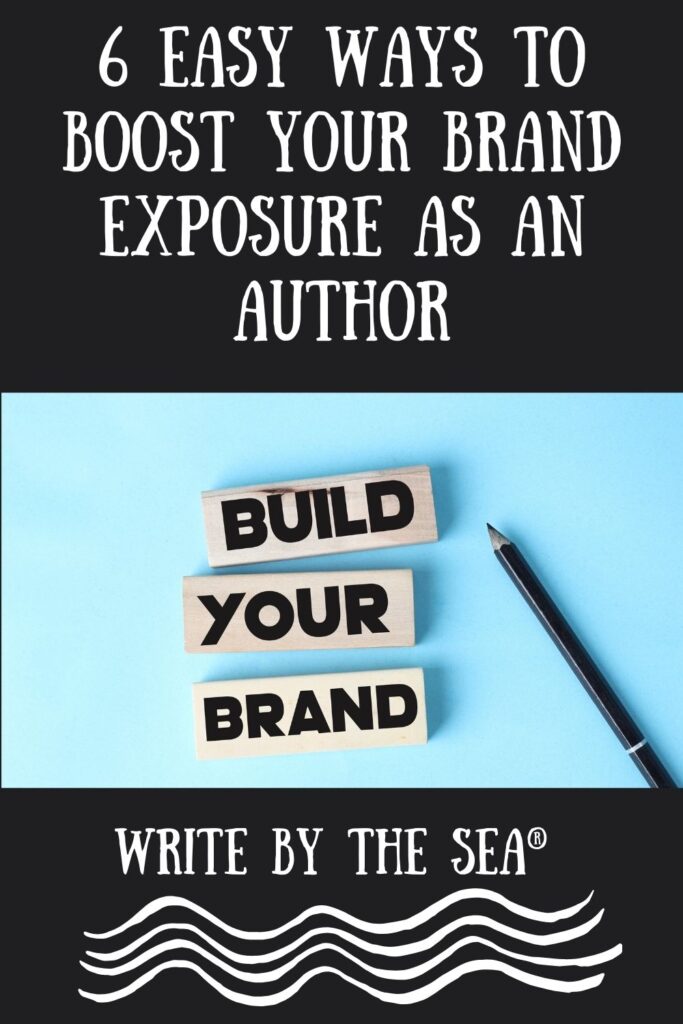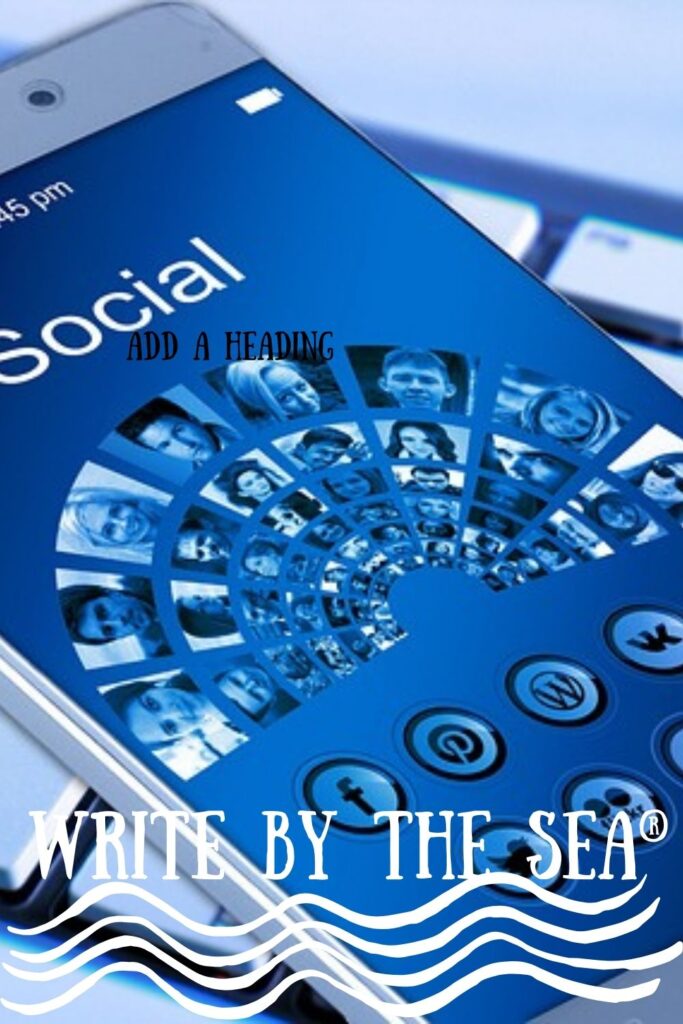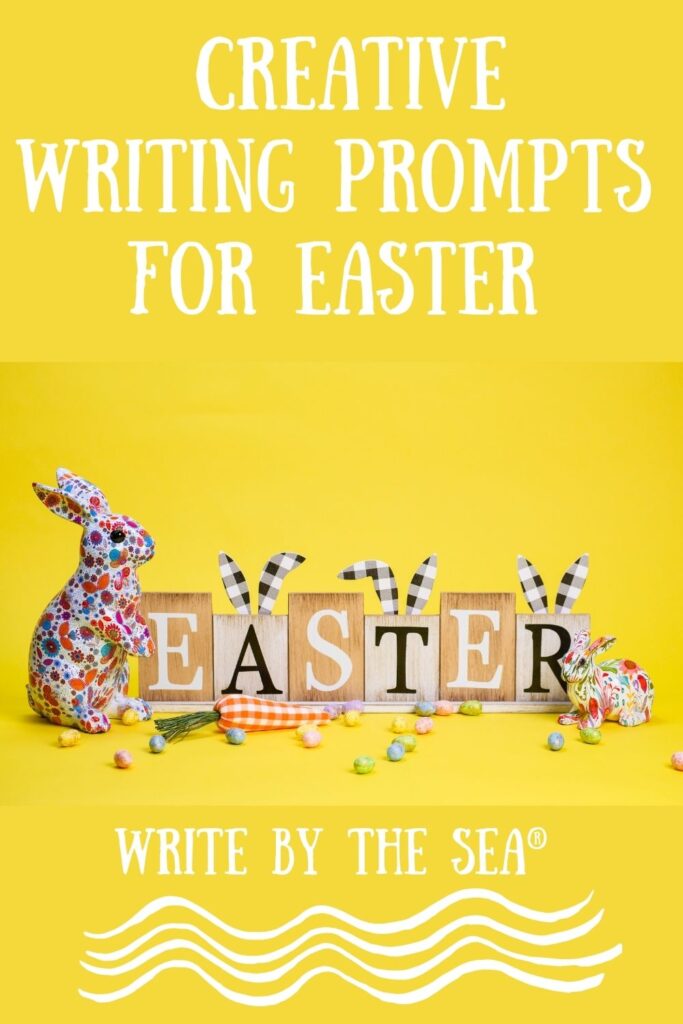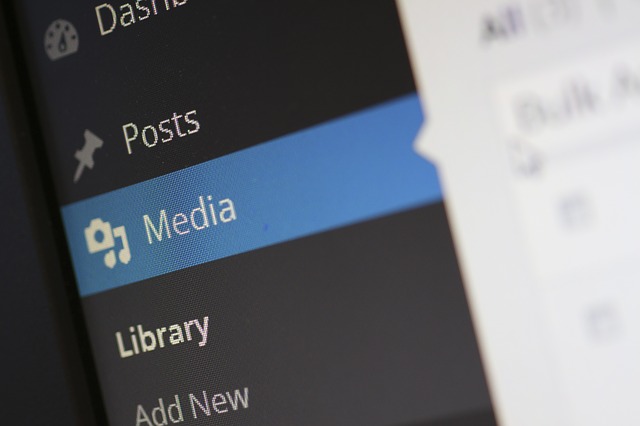When to use the ampersand, that real pretty little dude that isn’t a letter nor even a word?
It’s a logogram that represents a word.
Its history goes back to classical antiquity, but interesting history and being cute are no reason to overuse it in the interest of trying to separate one’s writing from the pack.
Better writers should concentrate on the techniques that make a difference rather than gimmicks that distract.

Here are some legitimate uses for the ampersand.
• The Writers Guild of America uses the ampersand to indicate a closer collaboration than and, in other words, to indicate a closer partnership rather than a situation in which one writer is brought in to rewrite or fix the work of another.
For those in the know it is a convenient way to subtly indicate that one writer has not been brought in to rewrite of fix the work of another.
• Newspapers, journals and other choose to use it when they are citing sources.
That’s their style choice, not a grammar rule.
• In similar citing, academia asks that the word and be spelled out.
• Occasionally the term etc. is abbreviated to &c, though I can see no reason for confusing a reader with this.
Etc. is already an abbreviation of et cetera and the ampersand version saves but one letter and isn’t commonly recognized.
• Ampersands are sometimes used instead of and to distinguish the and is part of a name rather than the typical conjunction used when naming a series of items, though here, too, it feels like a stretch and more confusing than helpful.
Wikipedia gives this example: “Rock, pop, rhythm & blues and hip hop.” This also seems like an unnecessary affectation if we would but use the traditional serial comma like this: “Rock, pop, rhythm and blues, and hip hop.”
For a little style guide from the point of view of academia go to https://owl.english.purdue.edu/owl/resource/560/03/.
To see a graphic artist’s creative use of the ampersand, one based on the authenticity of its simply being visually attractive, and go to the back of multi award-winning The Frugal Editor for a free offer for the readers of that book. It’s a gift from Chaz Desimone.
About Carolyn Howard-Johnson
 Carolyn Howard-Johnson brings her experience as a publicist, journalist, marketer, and retailer to the advice she gives in her HowToDoItFrugally series of books for writers and the many classes she taught for nearly a decade as instructor for UCLA Extension’s world-renown Writers’ Program.
Carolyn Howard-Johnson brings her experience as a publicist, journalist, marketer, and retailer to the advice she gives in her HowToDoItFrugally series of books for writers and the many classes she taught for nearly a decade as instructor for UCLA Extension’s world-renown Writers’ Program.
All her books for writers are multi award winners including both the first and second editions of The Frugal Book Promoter and her multi award-winning The Frugal Editor won awards from USA Book News, Readers’ Views Literary Award, the marketing award from Next Generation Indie Books and others including the coveted Irwin award.
Her next book in the HowToDoItFrugally series for writers will be Getting Great Book Reviews Frugally and Ethically.
Howard-Johnson is the recipient of the California Legislature’s Woman of the Year in Arts and Entertainment Award, and her community’s Character and Ethics award for her work promoting tolerance with her writing.
She was also named to Pasadena Weekly’s list of “Fourteen San Gabriel Valley women who make life happen” and was given her community’s Diamond Award for Achievement in the Arts.
The author loves to travel.
She has visited eighty-nine countries and has studied writing at Cambridge University in the United Kingdom; Herzen University in St. Petersburg, Russia; and Charles University, Prague.
She admits to carrying a pen and journal wherever she goes.
Her Web site is www.howtodoitfrugally.com.
And don’t forget to join our mailing list.
Just fill in your name and email address, below:
Click Here for more about money and writing.
<!– /AWeber Web Form Genera






